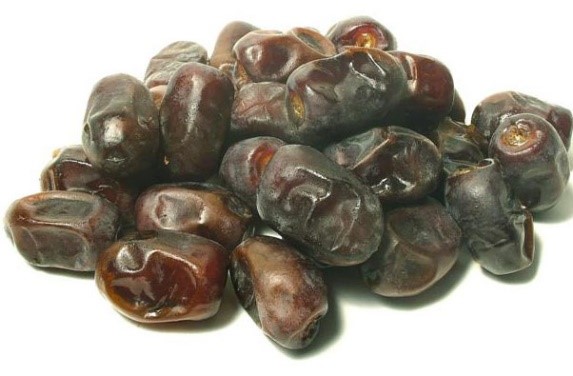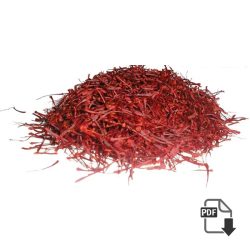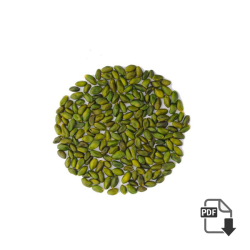How the pistachio tree grows
How the pistachio tree grows : Pistachio trees will often grow in poor soil where other trees will not survive. More important to their survival is the proper climate. Pistachio trees thrive in hot dry summer weather and prefer cool winters. They do not do well in humid or damp areas .Considered small trees, pistachio trees typically grow from16 feet to 32 feet high.
Please for more information or any inquiry click here ……
The pistachio tree takes five to eight years to begin producing “fruit,’ but between the 15th and 20th year they reach maturity and bear fully. Alternate years produce a heavy crop, the off year bearing very little fruit and sometimes no fruit at all. The familiar pistachio nut is actually the seed of the plant.
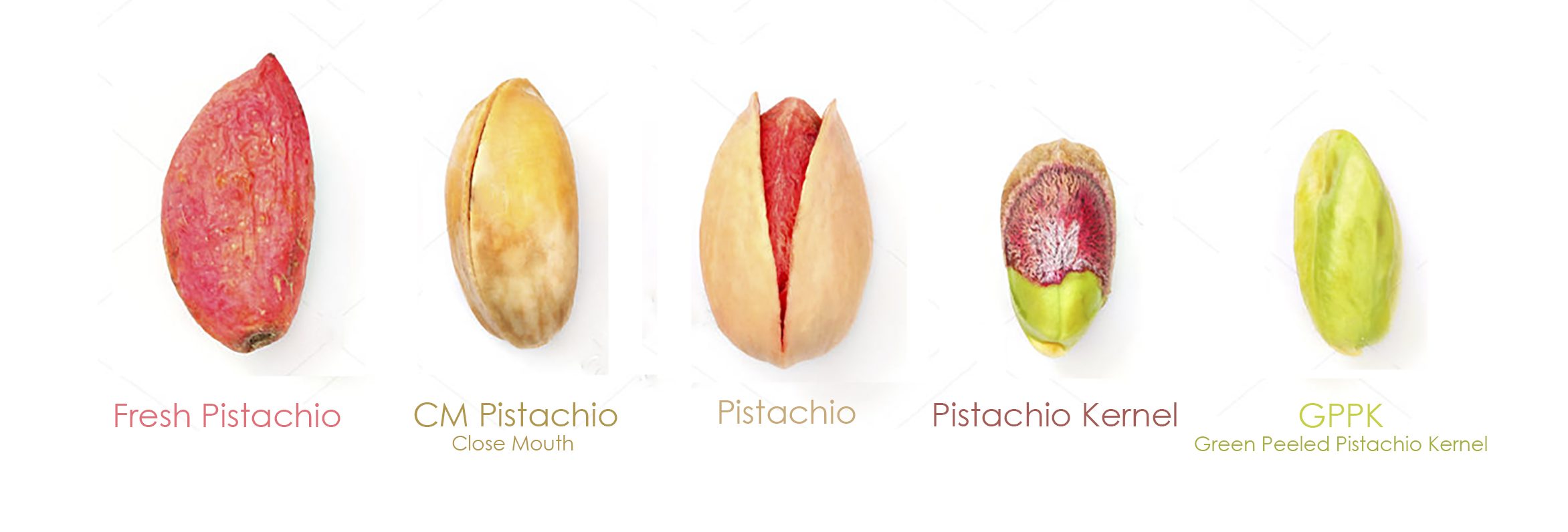
The trees, like many humans, are sensitive to extreme conditions such as drought, or excessive rain, heat, cold, and high winds. The trees develop a brownish green flower in early summer.
When ripe, in late summer or early autumn, pistachios split open along their seams called sutures. Those trees that bear a predominance of pistachios that are closed indicate growth conditions that were less than perfect, such as irregular watering.
The bright green coloring of the pistachio is completely natural. A deep green color is an indicator of the highest quality nut and brings the best prices. Lesser valued are those that range from yellow to light green.
The pistachio is a deciduous tree that can survive for hundreds of years, and even as long as a century in just the right climate. Sometimes introduced into landscapes as ornamentals, pistachio trees stand out with their attractive large, pointed, gray-green foliage that grows two to four inches long.
Harvesting pistachios takes place in the late summer or early autumn when the hulls that cover the shell become loosened from the nut or “seed,” indicating a fully mature crop. Large tarps are then spread out under the trees. The trees are shaken while the tarps capture the bulk of the ripe pistachios that fall to the ground. How the pistachio tree grows
The outer hulls are then quickly removed by rubbing them with coarse burlap in order to preserve the clean, white appearance of the shells and prevent staining.
Next, the nut processors soak the shells in water-based brine followed by sun drying, a process that opens the shells even wider. In Turkey, where the pistachios are a little smaller and the shells are not as wide open as the California varieties, the nuts are placed in brine, hulls and all. Brining with the hulls on leaves a pinkish coloring on the shells. Some nut authorities believe that the California growers attempted to copy-cat the appearance of the Turkish pistachios by dying them with red food coloring. How the pistachio tree grows
Others claim the red dye is used to distract from imperfections and discoloration on the shells due to poor quality of the nuts. The red dyed pistachios were more available 40 to 60 years ago than they are today. Often, unopened pistachios are cracked open by machine. These, too, are considered lower in quality or from trees that were not properly maintained and irrigated.
In years past, the sorting of cracked nuts and those unopened was all done by hand, which may explain why pistachios were always more expensive than most other nuts. How the pistachio tree grows
To salt pistachios, the processor boils them in a salt solution. The nut s are then dried fully and stored in plastic bags. Because of the pistachio’s split shell, processors are easily able to roast the nuts without first shelling them.
… Are California pistachios available year ’round? …
Absolutely. Pistachios are harvested in September, but sufficient supply and state-of-the-art storage systems allow the industry to provide pistachios throughout the year.
… How should pistachios be stored? …
To maintain peak freshness for Pistachios, store them in an airtight container. Pistachios tend to draw moisture from the air, and may otherwise lose their crunch. Kept in the refrigerator or freezer, pistachios can be stored for as long as a year.
… How do I know if I’m buying pistachios from California? …
First, look for the pistachios logo shown above. Second, note the distinguishing characteristics of the California pistachio variety: large, vibrant green nuts with open, naturally tan shells. California pistachios are available salted or unsalted. Some are dyed red for consumers who prefer the colorful shells. And, shelled pistachio kernels are also available. Look for California pistachios in both the grocery and the produce departments of your supermarket.
… Can pistachios be substituted for other nuts in baking and cooking? …
Most definitely. Pistachios can make a good thing even better. They add a distinctively delicate flavor, as well as unique color and texture, to appetizers, salads, entrees and desserts. Add them to your favorite creations or try some of these delicious recipes
… How many in shell pistachios do I need for a cup of kernels? …
Two cups of in shell pistachios will yield about a cup of kernels. Pistachios, with their characteristic widely split shells, are easy to open. It takes just 15 minutes to shell about two cups of in shell pistachios.
… How does the pistachio kernel get its green color? …
Plants make a variety of pigments, which contribute color to plant parts such as the flowers, leaves and fruit. The green in the pistachio nut is the result of chlorophyll, the same pigment that makes the leaves green.
… How and when do I harvest and process the pistachio trees in my yard? …
Home harvesting and processing is not complicated. For more information.
… How long does it take a pistachio tree to produce a crop? …
A five-year-old pistachio tree will begin producing a small crop, and will reach full bearing when it is 7-10 years old.
Important: Pistachios are wind pollinated, so both a male and a female tree are needed to produce edible nuts.
… How long do pistachio trees live? How long do they produce? …
The pistachio trees planted in are still fairly young, but there are pistachio trees in the Middle East that are over 200 years old and are still producing!
… Where can I locate a source for pistachio trees? …
If you cannot find nut-bearing pistachio trees locally, there are a number of nurseries that sell pistachio rootstock in for a nursery list.
… Where can I locate a source for pistachio nut oil, paste, flour, butter, etc. …
For a list of companies that sell pistachio food products
… Are there different varieties of pistachios? …
There are many varieties growing in other countries; however,
Pistachios are predominantly of the Kerman variety.
… How can I open slightly split or nonsolid pistachios? …
As the pistachio kernel grows, it naturally expands within the shell until it splits open. Nonsolid shells usually contain immature kernels and should be discarded.
—-
Tip: Slightly split shells can be opened using one half of the shell from an already-opened pistachio. Wedge the tip of a half shell into the split and turn it until you can retrieve the kernel.
How the pistachio tree grows
Please for more information or any inquiry click here ……
more links :
- Pistachio growth habits
- Packing
- Culture Pistachio
- Date
- pistachio flowers
- The Sex Life of the Pistachio
- Pistachio standards
- Pistachio
- Iran Dried Fruit
- pistachio fruit
- Date Palm Trees Fruiting
- iran fresh fruit
All Type Of Pistachios
-
Round Pistachio | Fandoghi Pistachio Special price + analysis + sale offer
Round Iranian Fandoghi Pistachio High Quality Only for Export : This type of Pistachio is the least expensive type among all the pistachios. The reason why its price is lower than other types is because of its shape and high…
-
iranian Ahmad Aghaei Pistachio Special price + analysis + sale offer
Ahmad Aghaei Pistachio ( Long iranian Pistachios ) : This type of Pistachio (Long Ahmad Aghaei Pistachio) is one of the popular types. The reason why it is popular than the other type of pistachio is that it has the…
-
Iranian Jumbo Pistachio | Kale Ghuchi Pistachio Special price + analysis
This type of Pistachio is the most delicious type among all the pistachios. The reason why it is tastier than the others is it is fattier. The color of the Jumbo Pistachio shell is naturally light cream. As it is…
-
pistachio kernel Special wholesale price + analysis + sale offer
Producers make Pistachio Kernel from all types of Pistachios. A quality factor for kernels is their sizes. The more the color of the kernel`s second skin is violet and sharp the more it is popular among users. Higher the level…
-
Green Pistachio Kernel ( GPPK ) Special wholesale price + analysis
Producers make Pistachio Kernel from all types of Pistachios. A quality factor for kernels is their sizes. The more the color of the kernel`s second skin is violet and sharp the more it is popular among users. Higher the level…

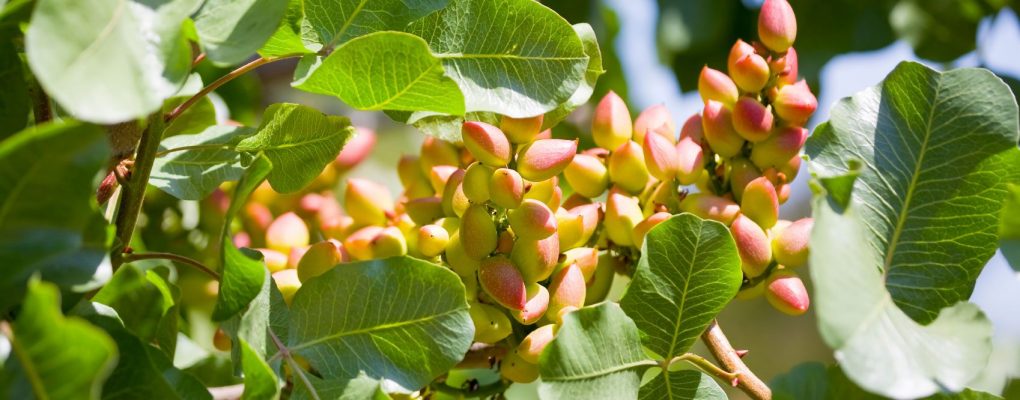
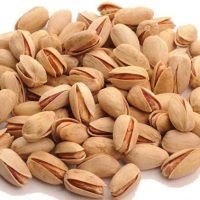
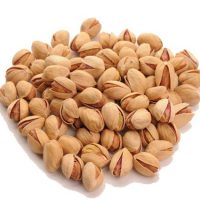
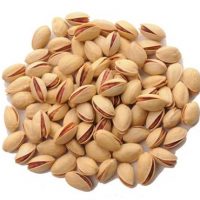
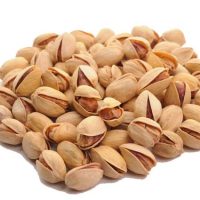
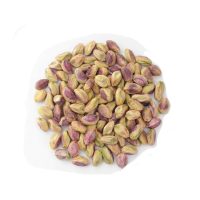
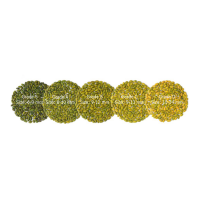
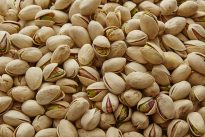
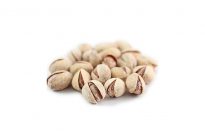
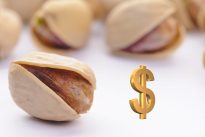
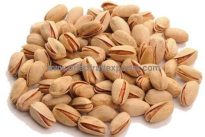
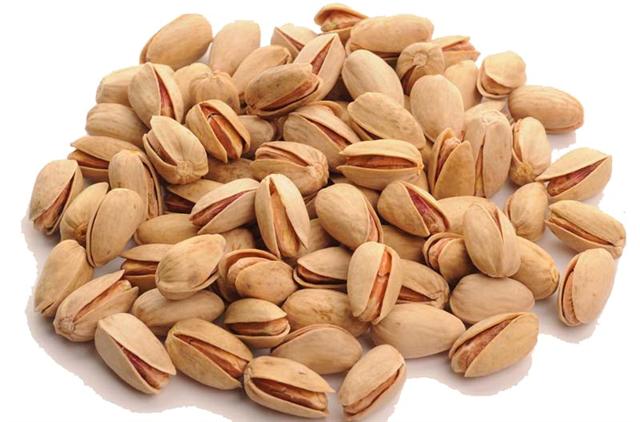
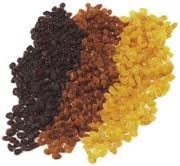 3 kind raisin
3 kind raisin 